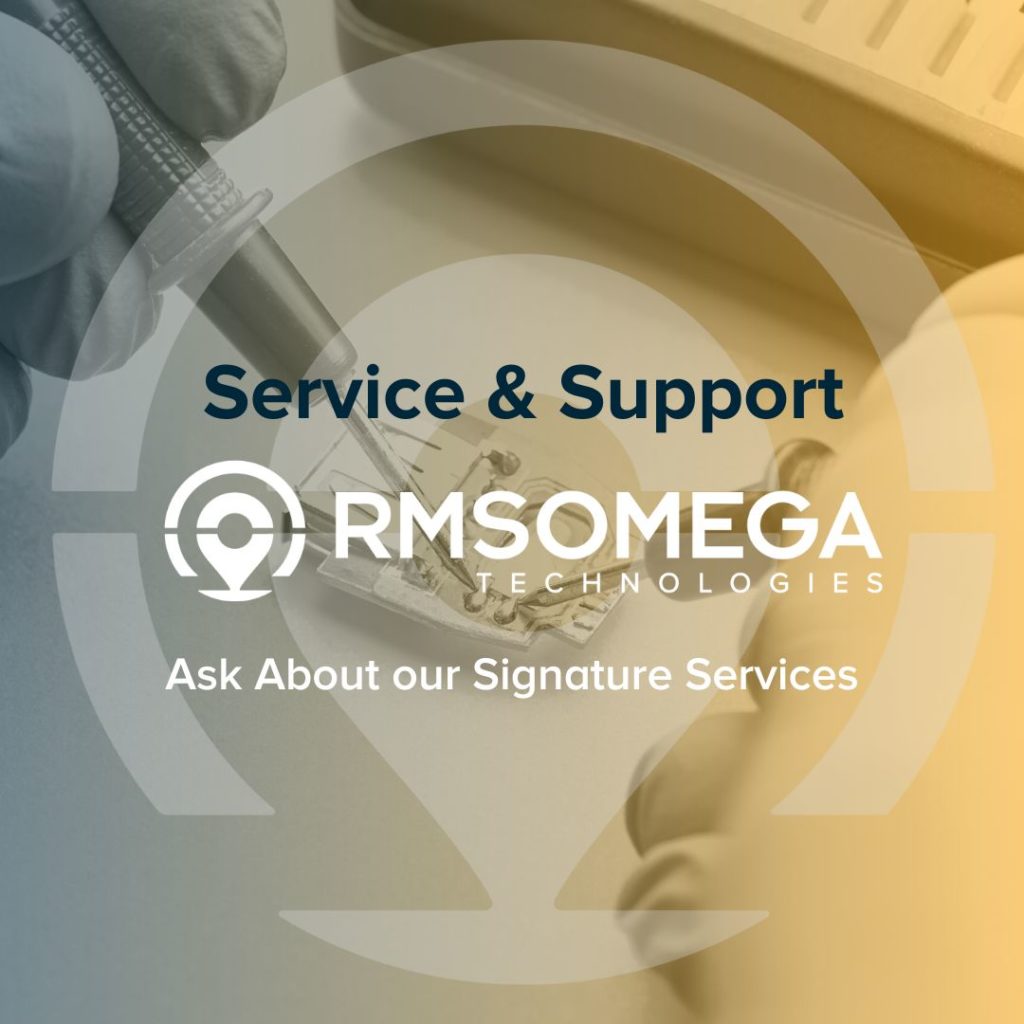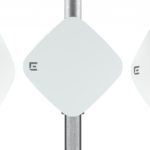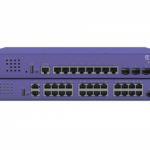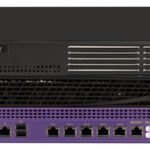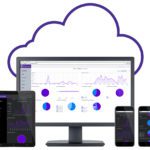Wireless Networking Configured for Optimal Performance 
RMS Omega’s Technical Services team has many years of experience designing, deploying, and supporting wireless networks. Our team also knows that different environments and facilities require different solutions. Even when problems arise, they are determined to find a wireless networking solution that makes your system work to its full potential.
Successful Wireless Networking Starts with a Site Survey
Several environmental challenges can impact wireless network coverage. Common factors such as walls, poles, temperature, or metals can cause network disruptions or dead zones. Fortunately, a wireless site survey will identify the factors in your work environment that could have an effect on continuous wireless coverage.
To ensure your network provides optimal coverage, our technicians will do a thorough walkthrough to assess network strength. RMS Omega’s Technical Services team will help establish WLAN design parameters for a new wireless network and characterize existing network performance to accommodate expansion or upgrade initiatives. Our team will also visit your facility with specialized analysis hardware and software to ensure the network will be installed and configured to achieve the best results.
After the site survey, our team will create a plan on how to design your network for the best results. Furthermore, we can offer a range of services including optimization, training, and troubleshooting- to support you post-install.
